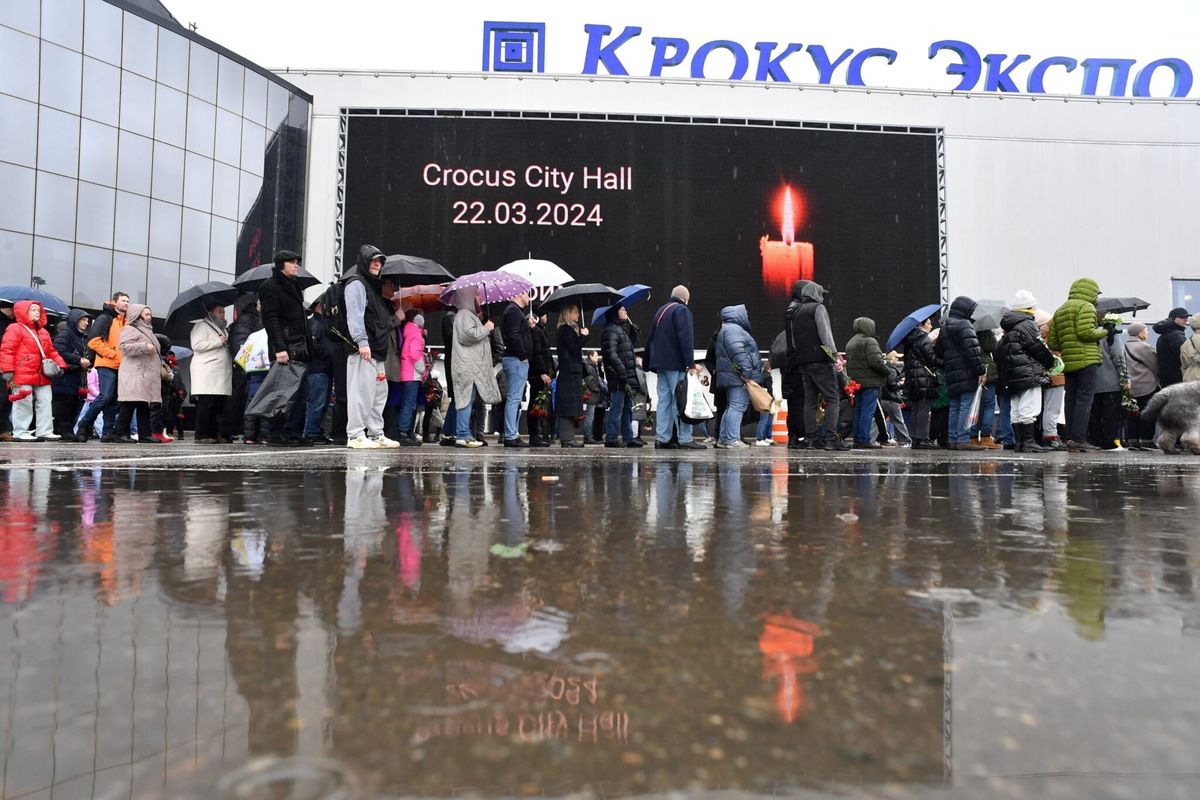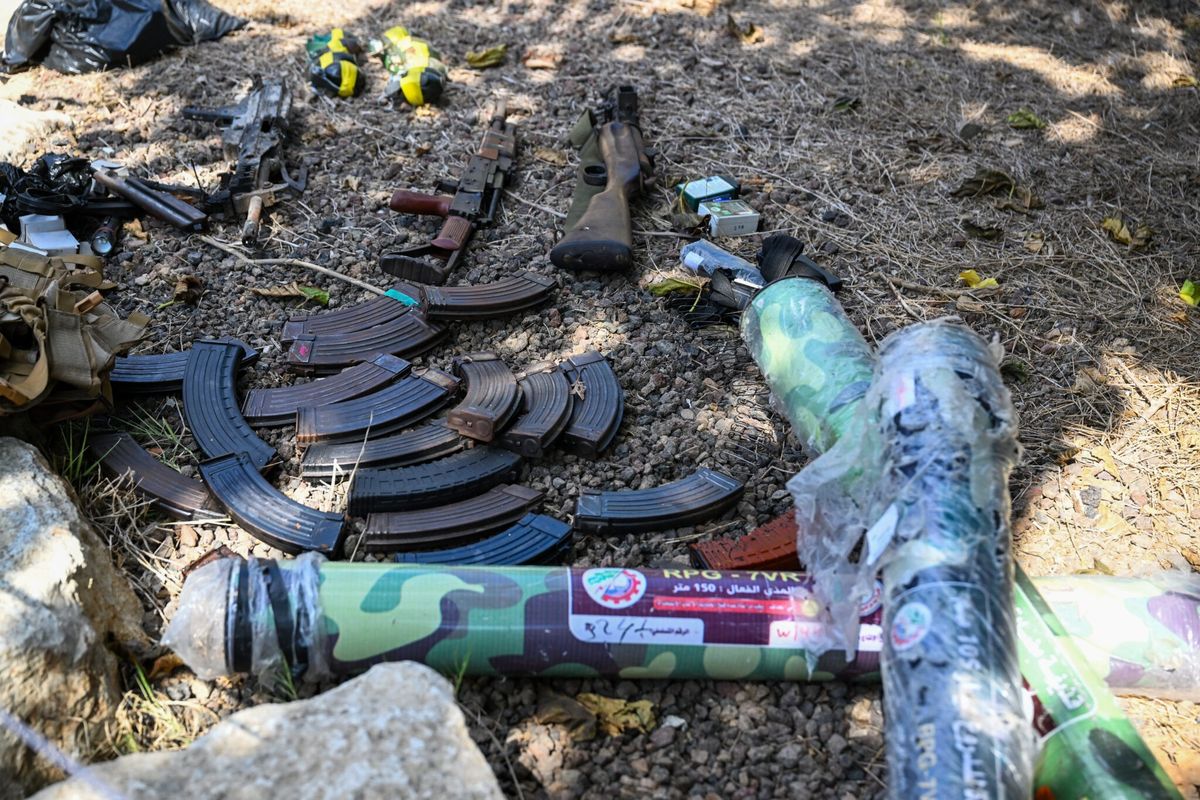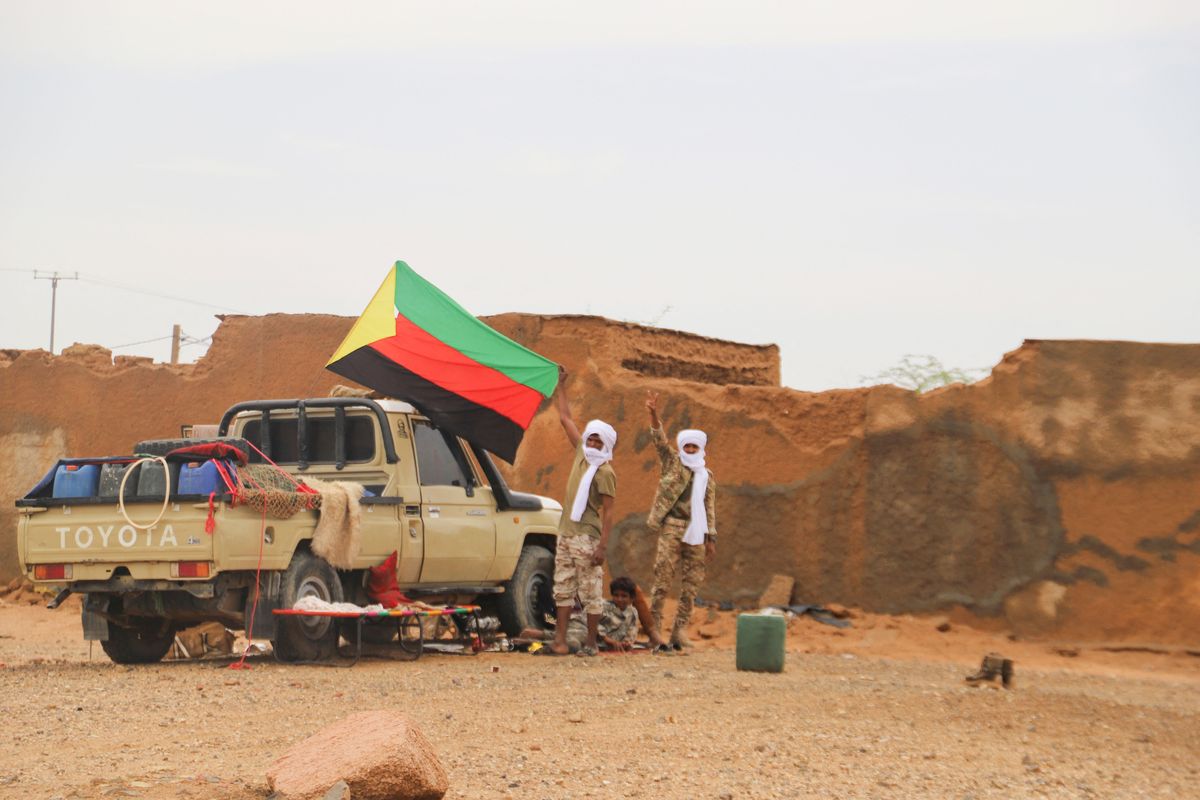The Friday prayer massacre of more than 300 worshipers at a Sinai was a departure for the local Islamic State affiliate in scale, but not in targets – they’ve hit Sufi Muslims before. The group’s continued growth in the Sinai points to decades of neglect by the Egyptian government, combined with a vicious crackdown against ISIS that has severely impacted civilians in the process.
Wilayat Sinai, or Sinai Province, hasn’t claimed the operation yet, but their fingerprints are all over the scene: the nature of the target, the location and the deadly force employed. Since pledging allegiance to ISIS in 2014, the group has focused its firepower on security forces but also on Copts and Sufi Muslims, like those hit last Friday. The group’s target last week, the Al-Rawda Mosque, is a Sufi place of worship, located in the territories of the pro-military al-Sawarka tribe.
The Tahrir Institute for Middle East Policy calculated that in total, between 2013 and 2017, Wilayat Sinai has killed nearly a thousand security personnel in more than 1,700 attacks across Egypt’s restive Sinai Peninsula, with more than 200 security personnel killed this year alone.
The Egyptian state has fighting this escalation without much success: a state of emergency has been enforced in Sinai since October 2014; many ‘anti-terrorism’ laws have been passed; and the Egyptian army has worked together with police. Worse, Egypt has just broken its historical record of civilian casualties in a single attack.
Strategically speaking, it’s important to understand why the Sinai militant attacks are on the rise, despite heavy military operations by the Egyptian army since 2014. Violence is not a new phenomenon on the peninsula. In brief, it has deeper roots, and two specific recent escalations that led to today’s highly complex situation.
The foundation of violence in Sinai goes back to the two decades following the October War in 1973 and the subsequent return by Israel of the peninsula to Egypt piece by piece. In the 1980s, the state made several promises of investment for development, none of which was fulfilled.
In the mid-1990s, a new wave of development promises came from Cairo, and were met when Sinai became a hub for mega-tourist investments. However, none of these benefitted the peninsula’s marginalised population. Large areas, historically owned by the Bedouins, were taken from them by force and given to then-President Hosni Mubarak’s business elite. The most significant ‘developmental’ change we can document is the opening of a window for locals to provide camel rides to tourists and play the exotic subjects in their photographs.
Credit should be given to the marginalised Bedouins of Sinai, who rejected the radical ideas and violence preached by the Mujahideen returning from Afghanistan in the 1990s. At the time, radicalisation and violence was hitting hard the rest of Egypt, as the returnees successfully recruited combatants among the Nile population. Sinai remained safe from that mess.
The first escalation only came after the unfortunate Taba bombings on the Red Sea coast in 2004, right after which radicalisation started happening in Sinai. Although the operation was found to be an al-Qaeda one planned from abroad, the security apparatus of Mubarak has persecuted, tortured and even murdered members of the Bedouin tribes in a lawless show of excessive power. This marked the beginning of success for militant elements from the Nile Valley and abroad seeking a hideout in the poor and geographically complex central and northern regions of the peninsula.
Mubarak’s apparatus brought the Nile valley security culture and practices, and made use of them against the Bedouins. The urban dictatorship came straight from the Nile banks into tribal territories in the desert, introducing the peaceful locals to state violence, torture, and murder, under the guise of emergency law and ‘fighting terrorism’. This was an act of dehumanisation, whose consequences no one could afford, neither then, nor now.
Following the short-lived 2011 revolution that brought down the tyranny of Mubarak, the 2013 military coup deposed President Mohamed Morsi of the Muslim Brotherhood with popular support. Since then, Egypt is living under the most repressive regime ever witnessed in its modern history. The country is now one of the world’s top jailers of journalists and political opponents. In line with this severe repression and state violence, Sinai witnessed a second and much bigger escalation of violence than in the aftermath of 2004 bombings.
This escalation is linked to changes on the ground since 2014, following a costly and bloody attack by Wilayat Sinai, which took the lives of more than 30 soldiers. Under the protection of the emergency state then reinstated, the army and police forces have significantly intensified their operations in the peninsula, particularly in North Sinai, which was accompanied by a media blackout. The media until today is unable to investigate or even superficially cover what is really happening in these military operations, and are told to only use military statements as a base for reporting.
However, in the age of social media, a media gag on any topic is nothing more than a poorly-thought tactic that belongs to the pre-internet world. Many graphic videos of army and police violence against ordinary civilians of Sinai have been spreading on YouTube and other networks. Very quickly these videos have become rich material for IS recruitment propaganda.
Recently, major social media platforms have started banning graphic footage, but the damage was already done. And it seems, from Friday’s operation as well as earlier ones, that despite the intensified military operations in Sinai, the ISIS affiliate is only getting bigger and stronger.
The state’s war against militant groups in Sinai, and other parts of the country, should not only be seen from a military perspective. Military operations in the absence of the rule of law, human rights, respect for the local populations, transparency and media access on the ground, unfortunately serve as perfect material for militant groups’ recruitment.
A few hours after this massacre, the Union of Sinai Tribes issued a statement in solidarity with the al-Sawarka tribe, on whose territories the attacked mosque is. It says: “No condolences will be accepted for the victims of this attack until vengeance from these Takfiris is achieved. We will kill you without mercy. And we don’t have trials or prisons for you.”
Participation of locals in the fight against Wilayat Sinai shouldn’t mean the lawless retribution suggested by this tribal union statement. If the Egyptian state allows such lawlessness in their military operations to continue, then this will be the beginning of a militia war, where no one will ever win. And Mubarak’s bloody snowball, which received a significant boost under al-Sisi, will only get bigger.
Maher Hamoud is a Brussels-based academic researcher in Middle Eastern studies at Ghent University, former editor-in-chief of the Cairo-based Daily News Egypt and author of Chocolate Filling: Notes From Under The Belgian Crust. Follow him on Twitter @MaherHamoud1.
An earlier version of this piece was first published by the Tahrir Institute for Middle East Policy Europe.












